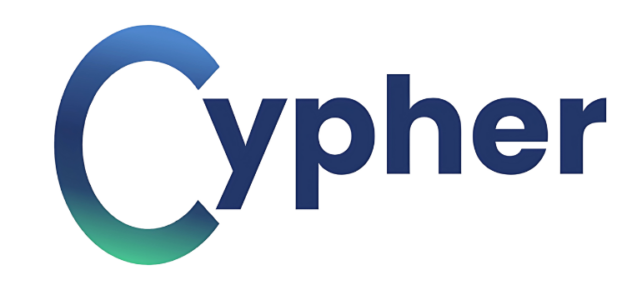Alright, tech enthusiats, gather around! While you might rather be designing the next big app, crafting a VR universe, or, let’s be real, building robots, there’s one arena where even the most tech-savvy minds sometimes falter: financial forecasting.
The world of technology is one of constant evolution. With new innovations emerging daily and shifts in market dynamics, the tech industry is no stranger to unpredictability. Add to this the global economic uncertainties we’ve recently faced, navigating the ups and downs of financial predictions can be its own kind of thrill ride.
Buckle up, and let’s make forecasting fun!

The Magical World of Forecasting
Let’s start with a fun fact: Financial forecasting is not just about gazing into a crystal ball and hoping for the best; it’s an intricate dance of numbers, assumptions, and strategy. It’s the Hogwarts of the business realm where instead of wands, we wield data, and our spells are woven with insights and predictions.
For the dynamic tech industry, this forecasting magic serves as a map, showing where potential pitfalls lie and revealing the path to treasures, in this case: profits.
Three’s Company: Best-case, Worst-case, Likely Scenario
Instead of seeing the future through a single crystal ball, why not three? Uncertain times call for flexible models. Instead of rigidly sticking to a single prediction, adopt a scenario planning approach.
- Best-case Scenario: What will your finances look like if everything goes right?
- Worst-case Scenario: How will your business fare in the face of challenges or downturns?
- Likely Scenario: A realistic middle ground based on current trends and data.
By mapping out these scenarios, tech businesses can prepare for a multitude of futures, making them more resilient to shocks
Leverage Real-time Data
Imagine you’re playing your favorite video game. Would you rely on outdated tools to beat the boss level? Similarly, in the game of forecasting, real-time data is your superpower.
Platforms like QuickBooks, Xero, and Oracle NetSuite are your gaming inventory, full of useful tools and enhancements. These aren’t just bland number-crunching softwares; think of them as the potions, shields, and special abilities that enhance your gameplay.
- QuickBooks, for instance, gives instant insights into cash flow, much like a health bar indicating your vitality.
- Xero, with its cloud-based platform, is akin to that cloud save which lets you pick up right where you left off, regardless of where you are.
- Oracle, NetSuite, with its robust ERP functionalities, is like having an all-in-one toolkit — of the financial realm.
By integrating these platforms into your financial strategy, you’re not just leveling up, you’re optimizing every move, ensuring your business is always several steps ahead of the looming challenges.
Constantly Re-evaluate Assumptions
Every great adventure has its legends and lore. In the world of forecasting, these are your assumptions. But beware! Just as legends evolve, so must your assumptions.
Whether it’s deciphering the runes of growth rates, decoding the mysteries of market share, or navigating the ever-shifting sands of revenue streams, stay curious and question the tales from yesteryears.

Collaborative Forecasting
In uncertain times, two (or more) heads are indeed better than one, and in the world of financial forecasting, it’s a no-brainer that gathering input from everyone is essential.
Engage different departments – from sales to R&D – in the forecasting process. Merging their wisdom creates a forecast that caters to all tastes, ensuring a holistic view, taking into account various perspectives and data sources.
Keep an Eye on External Factors
Imagine only looking at what’s in your room and ignoring what’s happening outside. You might miss out on some important stuff!
While internal data is vital, tech businesses must consider macro factors. Global events, regulatory changes, or shifts in consumer behavior can all impact your financial trajectory. Staying informed and agile will help adjust forecasts as the external landscape changes.
Adopt a Rolling Forecast Model
In the dynamic world of tech, a static map won’t do.
Instead of traditional annual or quarterly forecasting, consider a rolling forecast. This model updates regularly (e.g., every month), ensuring that you’re always working with a future-looking 12-month (or your chosen period) projection.
As seasons change and new adventures unfold, this magical scroll clarifies your vision for the journeys ahead.
Whether you’re a budding tech startup or an established player, remember: the goal isn’t to predict the future perfectly but to be prepared for its various possibilities. And in this quest, Cypher is here to provide the perfect combination of technologyl and financial expertise, ensuring your forecasts are both data-driven and adaptable.
